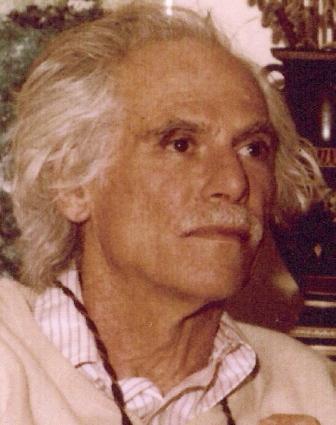

|

|
IN MEMORIAM
Lester Eli Dubins
Professor of Mathematics and Statistics, Emeritus
UC Berkeley
1920 – 2010
Lester E. Dubins, a distinguished professor emeritus of mathematics and statistics at the University of California, Berkeley, who specialized in probability theory, passed away peacefully in his home on February 11, 2010.
Lester was born on April 27, 1920, and grew up in New York City. His college education was interrupted by World War II, in which he served as an Air Force officer stationed in Iceland. After the war he continued to work for several years as a civilian on radar research and development for the Air Force, but then resumed his studies as a graduate student of mathematics at the University of Chicago, obtaining a Ph.D. in 1955 under the guidance of Irving Segal.
After a year at the Institute for Advanced Study in Princeton and a few years at the Carnegie Institute of Technology in Pittsburgh, Lester joined the Departments of Mathematics and Statistics at Berkeley in 1960, where he remained for the rest of his career. He was temporarily forced to retire at 70, shortly before the abolition of mandatory retirement in public institutions in the United States, but he challenged the University, won his case in court, and was reappointed. He then continued teaching, retiring in 2004 on his own volition.
While still in Chicago, Lester met Jimmie Savage (then on the mathematics faculty there) and surprised him by showing him that, contrary to accepted wisdom, the “bold strategy”—betting the largest amount consistent with the goal—is not uniquely optimal in the game of roulette if the goal is to maximize the probability of achieving a certain fixed amount. Jimmie was impressed, and invited Lester to join him in trying to understand the probabilistic structure of gambling systems. This encounter developed into a collaboration generating several key papers and culminating in the ground-breaking monograph How to Gamble if You Must (Inequalities for Stochastic Processes), which presented a coherent theory of gambling processes and optimal behavior in gambling situations. Influenced by Bruno de Finetti, the two collaborators worked in a finitely additive framework in order to bypass the measurability difficulties inherent in maximizing groups constituted of so many functions that they could not be counted.
Several years later, in collaboration with Gideon Schwarz, Lester produced a basic and influential piece of work in another direction, “On Continuous Martingales,” which appeared in 1965 in the Proceedings of the National Academy of Science and showed that all continuous, unbounded martingales (sequences in which successive members are doubled) can be obtained from Brownian motion by an appropriate rescaling of space and time.
Although primarily a specialist in probability theory, Lester had a deep interest in mathematics in general. Scattered among his close to 100 publications are papers on various mathematical themes, such as curves of minimal length under some constraints, Tarski’s Circle Squaring Problem, convex analysis, and a variety of topics in topology and geometry.
Lester’s personality was unusual and original. These qualities showed up in his writing, his teaching, and his relations with others. He was quite playful, and loved to surprise people by showing them that something which had always seemed obvious to them was in fact quite false. He had a strong impact on his Ph.D. students and on those who were fortunate enough to know him.
Lester is survived by his son Benjamin, his sister Blanche, his nephews Aaron, Matthew, Michael, and Ross, and his nieces Marilyn and Sara.
Jacob Feldman 2010
David Gilat
Ted Hill
Bill Sudderth